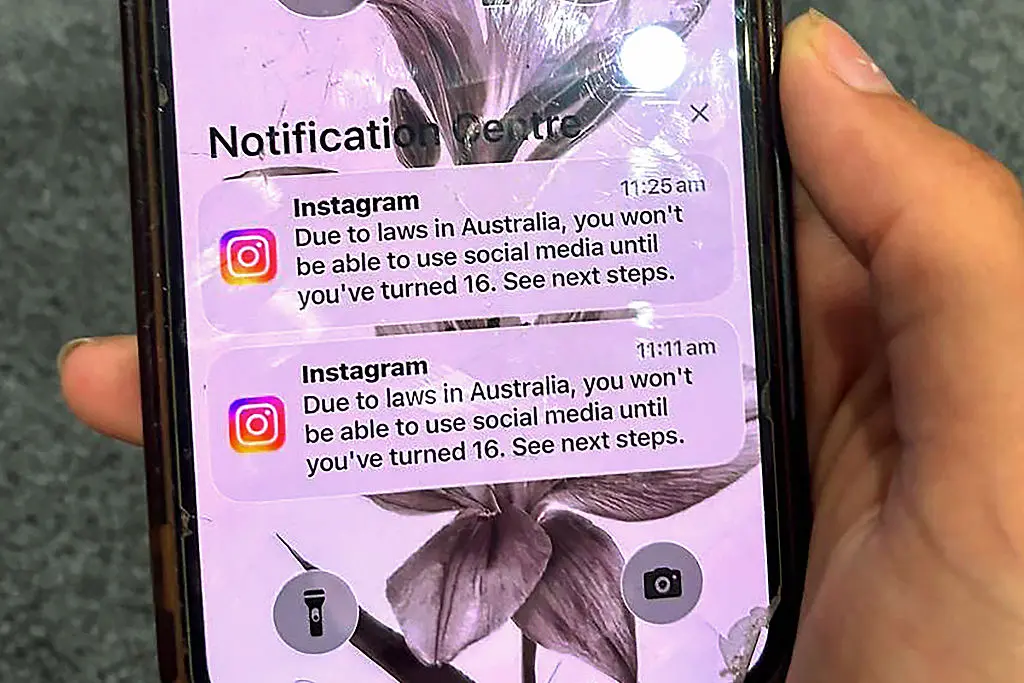When Celine Baumgarten published a video post on X detailing the existence of a “queer club” at an Australian primary school, she had little idea that it would lead to a rare legal defeat for the country’s eSafety Commissioner, Julie Inman-Grant.
The bisexual activist is a member of several groups, including Gays Against Groomers and Active Watchful Waiting (AWW), which describes itself as “an organisation dedicated to safeguarding the wellbeing of children in relation to gender identity policies.”





